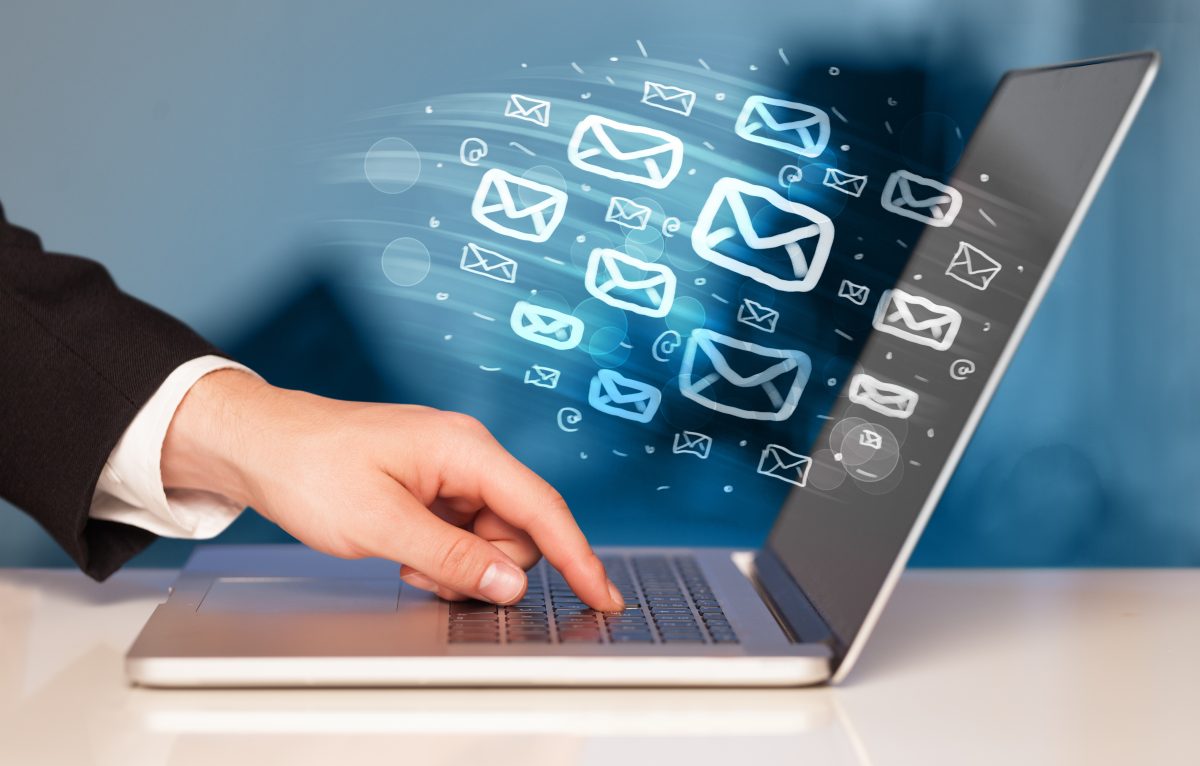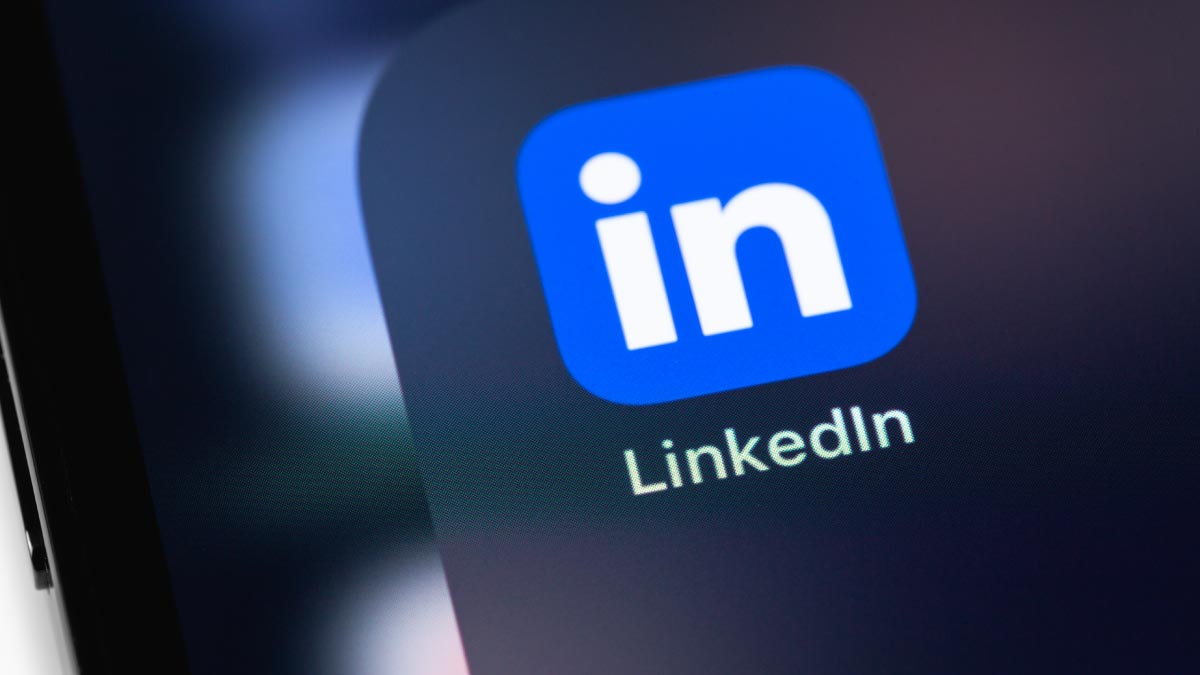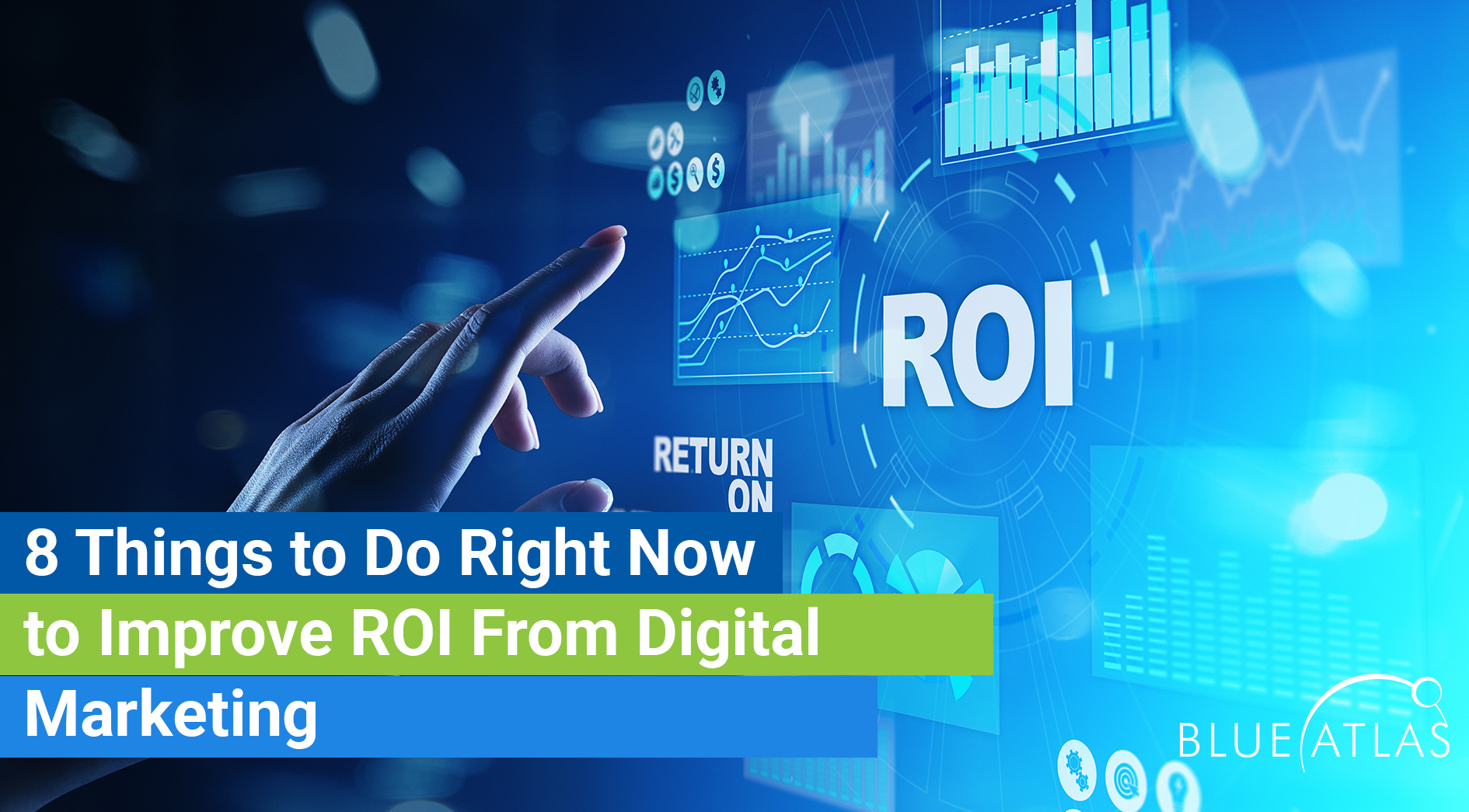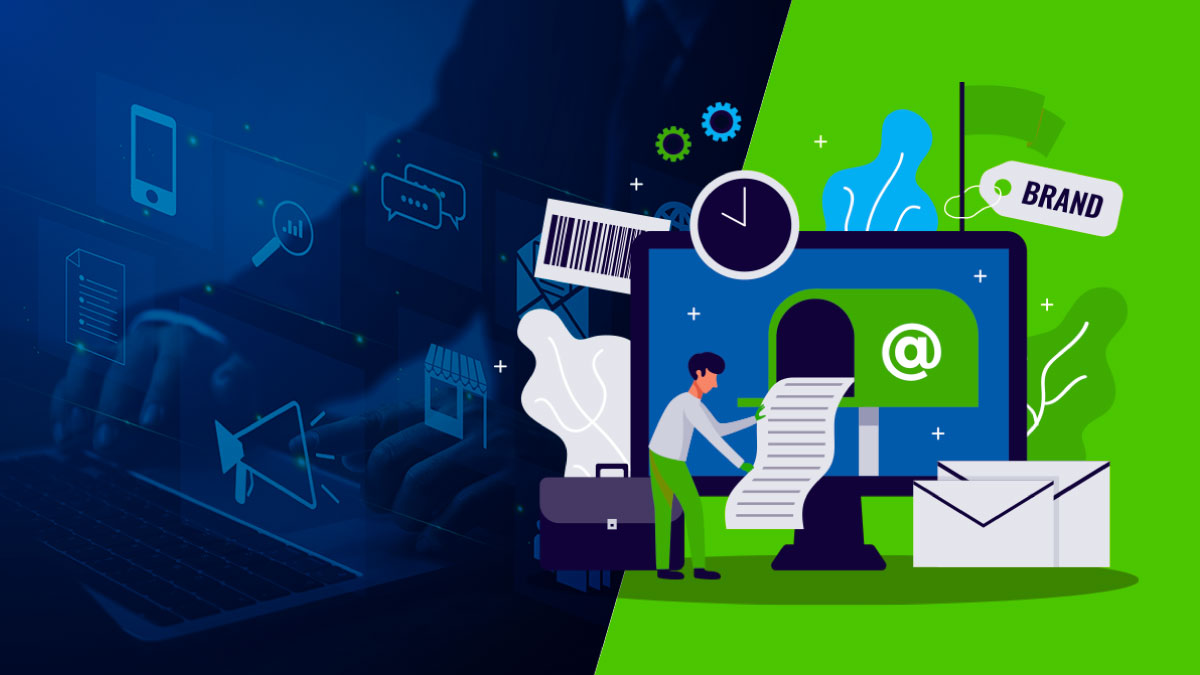Why Email Marketing Is NOT Dead in 2019 – But More Important Than Ever

Every year businesses look at their marketing strategy and ask the same question: Is email marketing dying? How much time should we invest in it?” This isn’t helped by the many publications that publish yearly “Email is dead!” articles for some easy clickbait.
Here’s the truth: Email marketing isn’t just alive, it’s an incredibly strong option in 2019 that needs to be part of your strategy no matter what industry you are in. Here’s why that’s the case.
Emails Are Seeing the Best Results in Years
Don’t fall for the assumption that because other marketing channels are growing more popular, email is somehow fading or doing worse. On the contrary, the marketing world overall has become more digital, and that favors email, too. Channels may be diverse, but email is showing incredible statistics and has only improved as a method to reach people and nurture leads.
Keep in mind: There are around 3x more email accounts that Twitter and Facebook accounts combined, and email continue to grow at a global level. Almost everyone with email (around 99%) checks their email about once a day. Nielson studies have shown that 90% of people prefer to opt for email updates rather than social media updates, and a McKinsey & Company study showed that in the 2010s email was around 40 times more effective for acquiring customers than Facebook and Twitter combined. Around 59% of marketers say they still see the most ROI from emails.
So let’s be particularly clear about this: The data shows that email marketing remains one of the most effective electronic methods of reaching clients. Period. This alone should be reason enough to keep email marketing high on your priority list…but we have some other things you should know, too.
The New Focus On Personalization Favors Emails
One of email’s greatest current strengths is personalization – when a company uses collected customer data to craft an email that appeals to a specific person or decision-maker. This is difficult to do on social media, where it’s more difficult to personalize posts or messages, but many options are available on emails. Sometimes, simply including the user’s name in the subject line can yield great results. Other emails may open with thanks for past business, or mention specific products that the user has bought in the past. If the sales contact has had personal experience with the lead before, it’s also very helpful to mention this. These sorts of advantages combined make email more customizable than ever, and personalization has never been more important when reaching customers that are increasingly tired of rote online messages.
Also, this personalization trend doesn’t just exist on the marketing side: Increasingly, email is seen as a more direct way to exchange information by younger users. Studies have shown that 70% of Gen Z and 72% of millennials prefer email for their company to consumer interactions. They use other online channels for more casual or friendly group-oriented communication, but think of email as the place for direct communication with people that know them – including businesses. So this trend isn’t going anywhere!
Email is Easy to Track and Tweak As Needed
This talk about personalization leads us to an important, related point about emails: They’re one of the easiest online mediums to track and change if necessary. It’s very simple analyze email open rates and responses to any call to action or link inside the email. From there, brands can swift adjust and customize different parts of the email to see what has a better effect, even doing A/B testing for the first part of an email campaign to narrow down which approach works best.
Email is really the only channel that offers this flexible, information-rich approach with significant investment in new tools. If you haven’t done much email analysis before and aren’t sure how to set it up with your current system, contact Blue Atlas Marketing for an easy consultation to talk about it.
Email Has Excellent Visibility and Timeliness
We already mentioned that almost everyone with email checks it about once a day. Some people check it up to 20 times a day or more. If email is an important part of your job or education, you may be checking it far more often than this. That makes email very timely – people are likely to see an email when it shows up or shortly afterward.
Emails also don’t go away or get hidden by other emails (except in the case of filters, which we’ll touch on below) – they are always going to be there, noticeably unread. Contrast this with social media sites, where content can disappear behind a list of more recent news feed posts and never be seen by the right audience (and in some cases, algorithms are making it even harder for users to see brand posts). Compared to this, email remains very reliable.
Then, when people do notice and engage with an email, they tend to make decisions very quickly. Typically an interested lead will answer an email a couple minutes after it’s read…or not at all. This means that sales teams also needs to be speedy in responses when possible!
New Filter Options Means Quality Is Now Key
Quality is important in all online channels, but emails benefit from high-quality content in numerous ways. If nothing else, professional and personalized emails are much less likely to be picked up by spam filters and dumped where recipients will never see them. A properly crafted email, utilizing the latest graphics and important information, can also help avoid other “social” or “business” filters, such as the kind that Gmail uses.
But there’s also a good side to this news: Filters are doing a great job of getting rid of emails people don’t want to see, and as a result users are becoming more willing to open the emails that do show up in their inbox. The average open rate has been slowly but steadily increasing since the mid-2010s, and is expected to continue that trend.
Trigger and Follow-Up Emails Are Becoming More Popular
As email campaigns are refined, marketers are discovering more effective ways to use email. It turns out that even if a lead is on an email list, they don’t necessarily respond well to emails they weren’t expecting to receive – which means that purchased email lists or customer data systems tend to produce the poorest results. Two more effective alternatives are:
- Trigger Emails: These emails are sent for specific actions that leads take, and are tied directly to those actions. For example, when a customer signs up for a service, this can trigger an email welcoming them and explaining how some things work. When a customer completes a transaction, this can trigger an email thanking them for the order and perhaps offering a discount for their next purchase. These trigger emails have a lot of value.
- Follow-Up Emails for Old Customers: These emails use customer data management that picks out particularly customers that haven’t purchased anything for a while. The email says, “Hey, it’s been a while, do you want to try our new products that you might like, here’s a discount to help you get started.
Final Note: Email Remains Cost-Effective
Don’t forget, email is very low cost (no subscriptions are required except those you probably already have), and incredibly high ROI for online content, currently around a 38:1 ROI ratio. In addition to all the current advantages, email remains one of the most affordable strategies to pursue!




